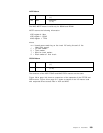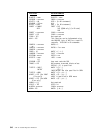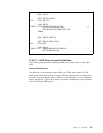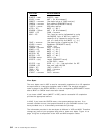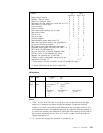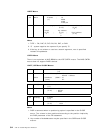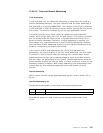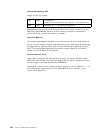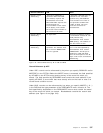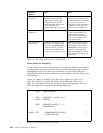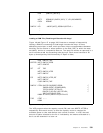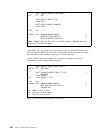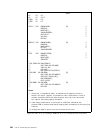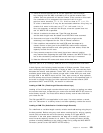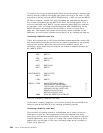
Figure 42. Record Reference by ID in VSE and MVS
Reference Method VSE MVS
Relative Track
Addressing
Assumed if DSKXTNT is
specified. RELTYPE=HEX
(the default) requires the
hexadecimal form TTTR.
RELTYPE=DEC requires the
zoned decimal for
TTTTTTTTRR. In both cases,
the R byte(s) must contain
the actual record number of
the record on the track.
Assumed if OPTCD does not
contain R or A. The field
pointed to by blockaddress
must contain TTR. There is
no equivalent to RELTYPE
=DEC in MVS. The form
must be converted to
hexadecimal.
Relative Block
Addressing
No equivalent. Assumed if MACRF contains
I and OPTCD contains R. The
field pointed to by
blockaddress must contain
BBB (binary). The address of
the first record is 000.
Actual Physical
Addressing
Assumed if DSKXTNT is not
specified. The address must
be in the form MBBCCHHR.
The R is ignored.
Assumed if OPTCD contains
an A. The field specified by
blockaddress must contain
MBBCCHHR. The M byte is
different in VSE and MVS.
See the description of the M
byte under Track and Record
Addressing.
Record Reference by KEY
Under VSE, records can be referenced by key when you specify READKEY and/or
WRITEKEY in the DTFDA. Before the WRITE macro is executed, the field specified
by KEYARG in the DTFDA must contain the key of the record for which you
search. The field specified by SEEKADDR must contain the track address. If you
specify KEYARG, a record with that must already exist on the track or else a no
record found condition occurs.
Under MVS, records can be referenced by key when you specify MACRF=(...K...)
in the DCB and the type parameter of the READ,WRITE macro contains K. The
field specified by keyaddress in the READ/WRITE macro must contain the actual
key of the record for which you search. Blockaddress contains the search start
address (see Figure 43 on page 318).
Chapter 13. Assembler 317



